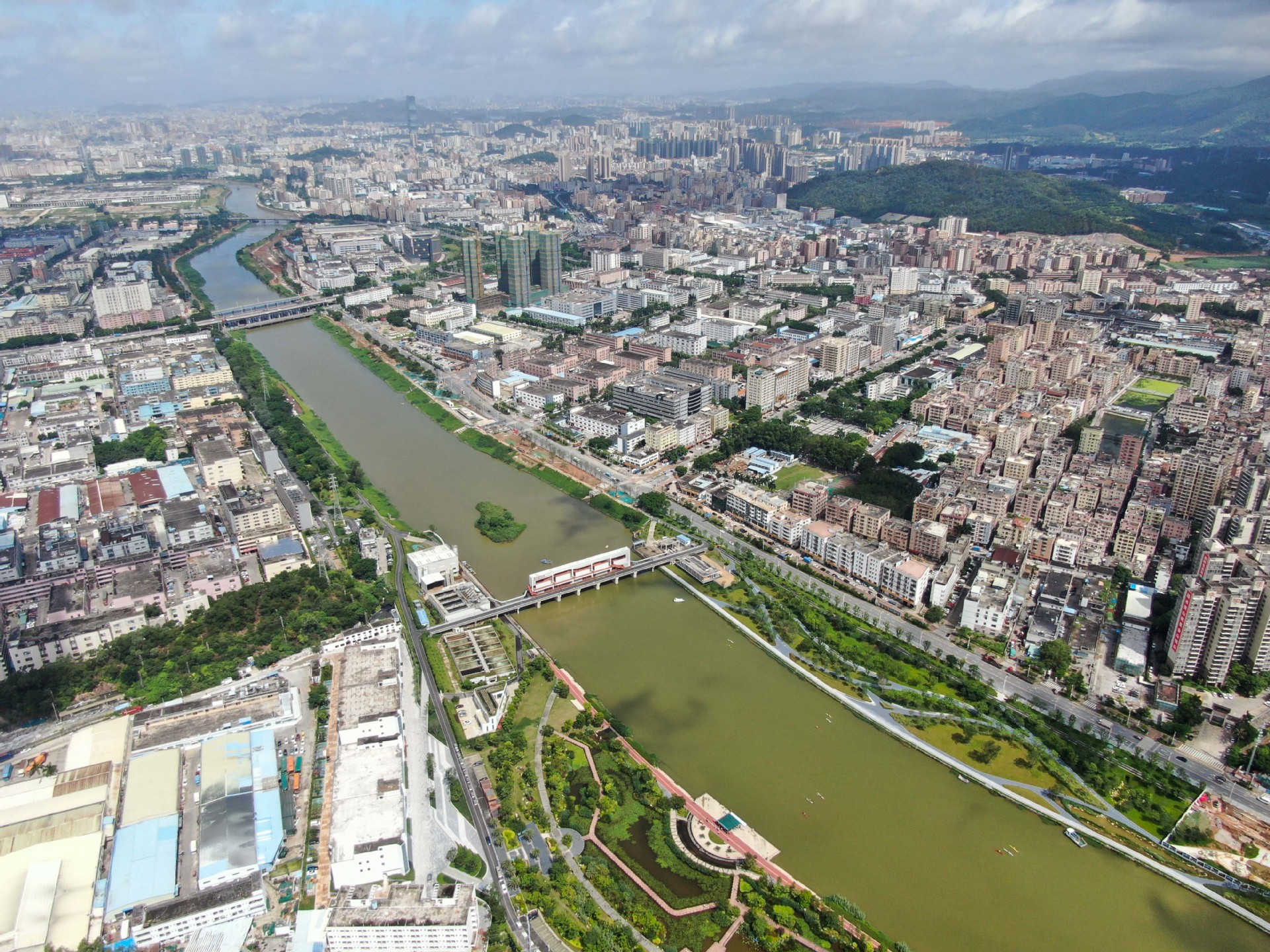Shenzhen still on path of transformation: China Daily editorial


Since the official establishment of the Shenzhen Special Economic Zone 40 years ago, the city has pioneered China's reform and opening-up and in the process undergone a rags-to-riches transformation.
There should be no lack of reflection on this very special occasion, when not only Shenzhen, but also the country's reform and opening-up have reached a historic crossroad.
Shenzhen's rise in the first place illustrates the power of strategic insight. Former leader Deng Xiaoping's informed judgments about domestic and international conditions, courage to blaze a new trail, open mind to embrace the outside world, and modest, no-nonsense approach to international affairs have been instrumental to the achievements made by Shenzhen, and indeed the whole country, over the past four decades.
Reform has been the key to Shenzhen's success. The special economic zones, of which Shenzhen was the first, are meant to pilot reforms whose real-world effects are verified before being rolled out nationwide. Home to the first shareholding company on the Chinese mainland, Shenzhen has lived up to those expectations. It has led market-oriented reforms, and incubated multiple national, even global, industry leaders and piloted innovation in local governance, centered on building a streamlined, non-intrusive, service-oriented public administration.
Shenzhen's openness has been equally, if not more, important. The previously unthinkable inflow of overseas investors, capital, technologies, management know-how, even personnel, has made dramatic differences to the local economic landscape. It is of particular significance for the country, especially Shenzhen, to appreciate what has brought it where it is, and what a course should be followed going forward.
At a symposium with social scientists on Monday, President Xi Jinping again called for deeper reforms and greater openness to facilitate the new "dual circulation" development pattern featuring the domestic market as the mainstay with foreign markets complementing it.
Now Shenzhen has a better sense of direction after four storied decades.
The Guangdong-Hong Kong-Macao Greater Bay Area is a fine blueprint for the integrated development of the Pearl River Delta region that embodies the dual circulation development mode. Drawing on Shenzhen's experience of growing openness to the Hong Kong Special Administrative Region, the plan proposes deepening the cooperation between them to expedite Shenzhen's envisioned transformation into a modern and international city of innovation and creativity with global influence.
It starts a new chapter in Shenzhen's story of reform and opening-up.


































